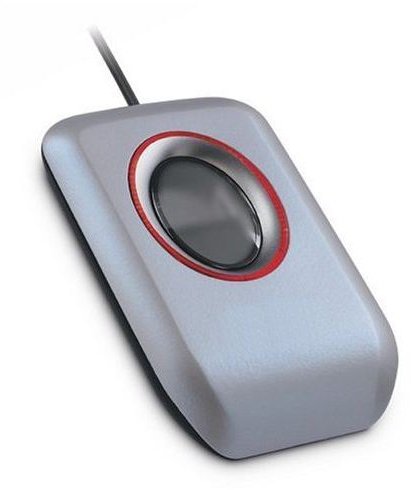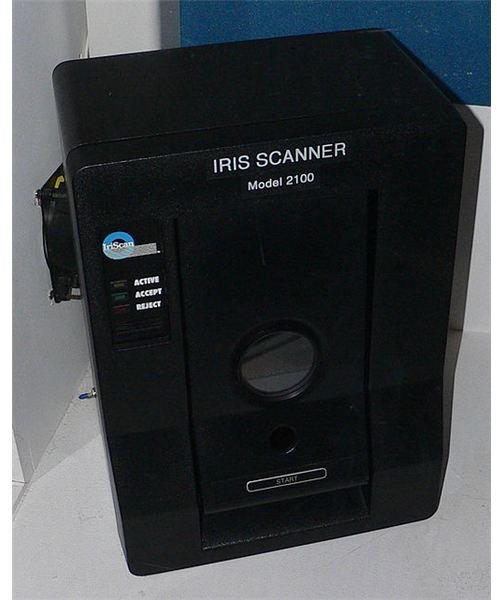Different Uses of Biometrics: Identification and Authentication
What is Biometrics?
Biometrics is both a characteristic as well as a process. As a characteristic, it is a measurable physiological, anatomical or behavioral property which can be used for automated identification and verification. As a process, biometrics is an automated method for recognizing individuals based on their biological and behavioral traits.
Among the common biological properties used in biometric processes are the eye, hand, finger, palm and face for example. Examples of behavioral biometric properties include—but are not limited to—voice, gait and keystroke dynamics. Physiological authentication and identification methods include, for instance, fingerprint, hand-geometry and retina recognition, whereas speech recognition is prominent in behavioral biometrics.
Image Credit: Wikimedia Commons/Mark Pellegrini
Uses of Biometrics

An individual’s distinct biometric property is collected during an enrollment process when a sensor obtains the biometric data and passes it to a system which stores the information in a so-called template. When the enrollment process is over, the biometric template is used for recognition, which can mean either identification and authentication, or both.
In biometric identification, the sensor passes the individual’s data to software which checks whether the input matches any of the templates. If successful, the individual is identified. In biometric authentication, the system only checks whether the input is a match for one particular template, or model in case of speech. If the input matches the stored biometrics then the individual is authenticated. That is, the person is recognized as who he or she claims to be.
Let’s have a look at some different uses of biometrics which also explain the concept of identification and authentication. A fingerprint can, for instance, be a substitute for the login name and password as used in the Windows logon process. Another example of biometric identification is the police taking fingerprints at a burglary crime scene in hope they find a match in their database.
Image Credit: Wikimedia Commons/Engineersoft
Authentication and Verification
A fingerprint can also be used for authentication or verification of an identity such as when a bank is presented the customer saving book (identification) for money withdrawal. Yet, for heaven’s sake, my bank relies on two-factor authentication which means I won’t get anything without my ID, and without me placing my index finger on the sensor, the ID card alone wouldn’t let anyone make a withdrawal, of course.
Besides providing automated identification in various areas, the use of biometrics helps make passports and other official documents like identity cards more secure as they can be authenticated. Authentication processes employing biometrics are making access control systems safer by implementing the biometric component of the “something you are, something you know and something you have” principle.
The Bottom Line
Biometrics are distinct measurable physiological and behavioral properties used in a biometrics process for automated identification or authentication. If you would like to learn about advantages and disadvantages of biometrics, we recommend Bright Hub’s article Pros and Cons of Biometric Security Measures. Also make sure to check out What is Biometric Fingerprint Identification? if you would like to learn more about fingerprint biometric technologies and devices.
References
- Screenshots by the writer
- Author’s own experience
